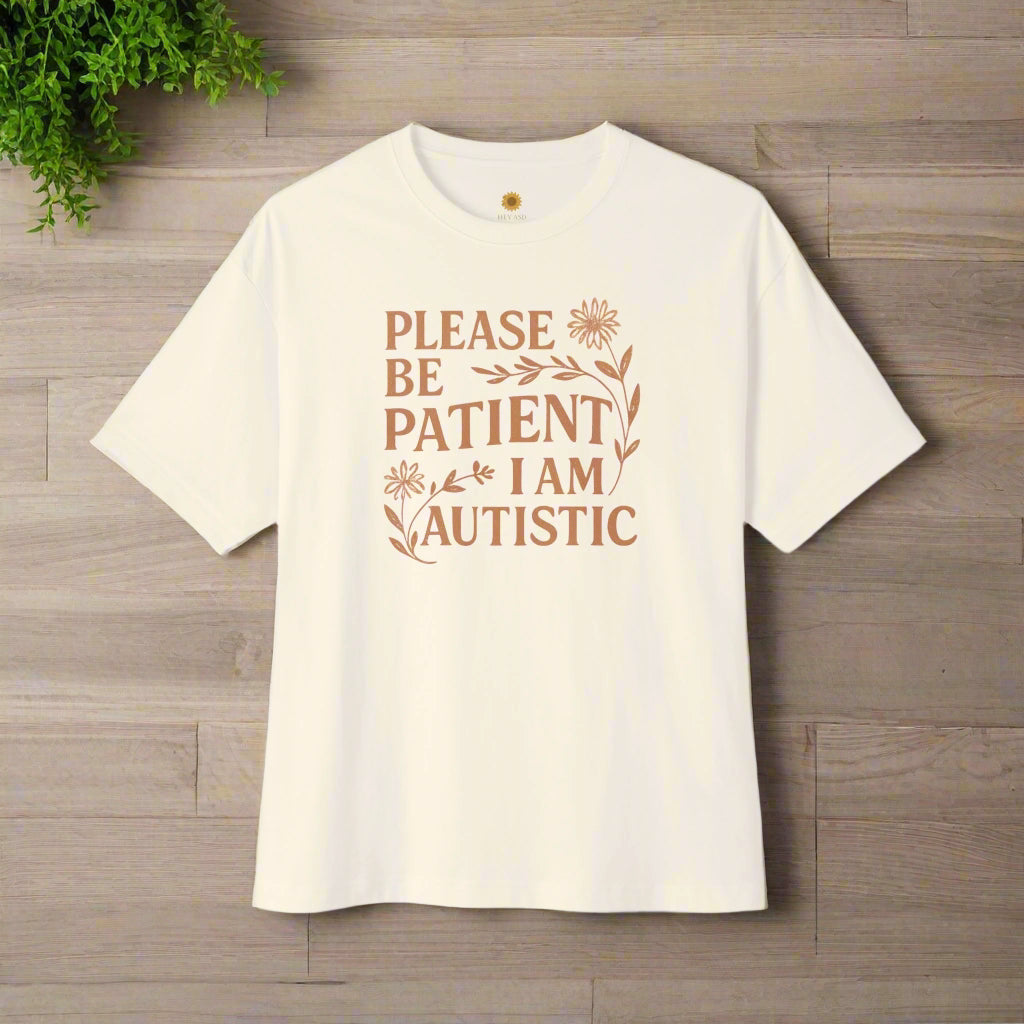Satoshi Tajiri is a video game designer and the creator of the popular franchise, Pokémon. His story is one of perseverance, creativity, and a passion for the natural world. However, what many people don't know is that Satoshi Tajiri has autism, a condition that affects his ability to socialize and communicate effectively.
Without question, Satoshi Tajiri is an autistic trailblazer who inspires and motivates adults living with autism to harness their autistic strengths.
In this article, we'll explore Satoshi Tajiri's life, his struggles with autism, and how his condition influenced his work and his vision for Pokémon.
Who is Satoshi Tajiri?
Satoshi Tajiri was born on August 28, 1965, in Machida, Tokyo, Japan. As a child, he developed a fascination with insects, spending much of his free time collecting and studying them. He also enjoyed playing video games, a hobby that would eventually inspire his career.
Despite his interest in insects, Satoshi struggled in school due to his difficulty with social interaction and communication. He often withdrew from his classmates and found it challenging to express himself verbally.
However, Satoshi's love for video games and insects led him to pursue a career in the gaming industry. He founded the video game company Game Freak in 1989, and his first major release was the game "Quinty," also known as "Mendel Palace" in North America.
Was Satoshi Tajiri Autistic? Understanding the Quiet Genius
Although Satoshi Tajiri has never made a public spectacle of his autism, several interviews and reports confirm he is autistic. His colleagues have noted that he communicates best in writing, avoids media appearances, and prefers working behind the scenes — traits often associated with autistic adults.
In one rare interview, Tajiri described how he sees the world differently, stating:
“I wanted to create a game that captured the feeling I had when I used to collect insects as a child.”
This quote illustrates the autistic trait of deep nostalgia and emotional connection to special interests. His desire to recreate the joy of collecting and categorizing was central to his creative process.
Autistic Strengths That Shaped Tajiri's Work
Autistic people often demonstrate particular strengths that flourish when properly supported. In Tajiri's case, these strengths were essential to his success:
Intense Focus and Hyperfixation
Tajiri could spend days obsessively thinking about game mechanics, level design, and character behavior. This level of concentration is a hallmark of autistic cognition and allowed him to build intricate worlds with consistent logic and detail.
Systematic Thinking
Whether it was insect classification or in-game evolution chains, Tajiri's ability to identify patterns and systems shaped the structure of Pokémon. The games reflect a deeply logical world rooted in cause-effect relationships — from elemental types to stat boosts.
Emotional Connection to Interests
Tajiri’s childhood love of nature wasn’t a passing hobby. It was a sensory-rich, emotionally grounding world that he never grew out of. That kind of sustained passion is often pathologized, but it’s actually a source of creativity and emotional regulation for many autistic individuals.
Persistence Despite Social and Industry Barriers
Tajiri faced rejection from several publishers who didn’t understand his game concept. His refusal to compromise the vision of Pokémon — and his ability to iterate quietly for years — shows the power of autistic persistence.
How Autism Inspired the Creation of Pokémon
At its core, Pokémon is about exploration, collecting, categorizing, and evolving — all core themes that align closely with Tajiri’s autistic worldview.
- The act of collecting mirrors his bug-catching childhood.
- The Pokédex is essentially a classification system — a scientific catalog of imagined creatures.
- Trading mechanics allowed players to connect without direct social pressure, similar to how many autistic people prefer structured forms of interaction.
- Evolution chains reflect logical progression, predictability, and growth — a comforting concept for those who experience the world through a more structured lens.
Tajiri once said the goal was to allow children to feel the same sense of wonder and discovery he had in nature. For many autistic fans, this world also provided a space of comfort, predictability, and mastery.
From Game Freak to Global Influence
Satoshi Tajiri co-founded Game Freak, originally a fanzine that evolved into a full-fledged game studio. Pokémon Red and Green launched in Japan in 1996, and the franchise quickly expanded internationally.
As of today:
- Over 440 million game copies have been sold
- More than 50 billion Pokémon cards have been printed
- The anime has aired in 192 countries
- The franchise is worth over $100 billion USD, making it the highest-grossing media franchise of all time
And yet, Tajiri remains largely out of the public eye. He continues to be involved creatively, preferring the background over fame — another reflection of his neurodivergent nature.
Early Life and Childhood
Satoshi Tajiri was born on August 28, 1965, in Machida, a suburb of Tokyo, Japan. From a young age, Satoshi developed a fascination with insects, spending most of his childhood catching and collecting them. His hobby quickly became an obsession, and he would spend hours exploring the local parks and forests in search of new specimens to add to his collection.
As he got older, Satoshi's passion for insects never faded, and he even created his own magazine dedicated to insect collecting. However, it was during his teenage years that he discovered his love for video games.
Satoshi Tajiri's Struggle with Autism
Satoshi Tajiri has been open about his autism, a condition that affects his ability to communicate and socialize effectively. Autism is a neurodevelopmental disorder that can affect a person's behavior, communication, and social skills.
For Satoshi, autism has made it challenging for him to express himself verbally and to connect with others, which are common symptoms of autism. Satoshi has spoken publicly about his difficulties with communication and how he often struggles to express his thoughts and ideas in a way that others can understand, which could be Alexithymia, a common condition for people with autism.
Despite these challenges, Satoshi's autism has also been a source of strength and inspiration. His fascination with insects, for example, may have been influenced by his autism, which can cause a person to develop intense interests in particular subjects.
In an interview with TIME magazine, Satoshi Tajiri spoke about how his autism has influenced his work, saying, "I think the idea of collecting things and the way that my mind works are connected. When it comes to games, I like the idea of catching things and growing them."
Satoshi Tajiri's Vision for Pokémon
Satoshi Tajiri's love for insects and his struggles with autism were major influences on his creation of Pokémon. The idea for the game came to him as he watched children playing with their Game Boys and imagined them collecting creatures like he had collected insects as a child.
Satoshi's vision for Pokémon was to create a game that would allow players to collect and battle creatures in a world that felt alive and full of wonder. He wanted to capture the sense of discovery and exploration that he experienced as a child while exploring the natural world.
The success of Pokémon has been a testament to Satoshi Tajiri's vision and creativity. The franchise has become a global phenomenon, with millions of fans around the world collecting Pokémon and participating in tournaments and events.
The Birth of Pokémon
In the early 1990s, Satoshi Tajiri co-founded a gaming magazine called Game Freak. It was during this time that he began to conceptualize the idea for a game that would combine his love of insects with his newfound passion for video games.
The concept for Pokémon was born out of Satoshi's desire to recreate the experience of collecting and trading insects. He envisioned a game where players could explore a virtual world, catch creatures, and battle them against one another.
Despite facing numerous obstacles and setbacks, Satoshi's persistence paid off, and Pokémon was released in 1996 for the Game Boy. The game was an instant success in Japan, and it wasn't long before it took the world by storm.
The Success of Pokémon
Since its release, Pokémon has become a cultural phenomenon, with countless games, movies, TV shows, and merchandise released over the years. As of 2021, the franchise has sold over 368 million video game copies and over 31 billion trading cards worldwide.
Pokémon's success can be attributed to many factors, but one of the main reasons is its ability to appeal to a wide audience. The game's simple yet addictive gameplay, colorful characters, and imaginative world have captivated both children and adults for over two decades.
The Legacy of Satoshi Tajiri
Satoshi Tajiri's legacy extends far beyond the world of video games. He was a pioneer in the gaming industry, revolutionizing the way people play and interact with games. His innovative ideas and creativity have inspired countless game developers around the world.
However, Satoshi's impact goes beyond just video games. His love for insects and the natural world has also influenced many people to take an interest in science and conservation. Through Pokémon, he has encouraged millions of people to explore and appreciate the diversity of life on Earth.
FAQs
Did Satoshi Tajiri confirm he is autistic?
While Tajiri himself has remained private, multiple interviews and close sources confirm that he is on the autism spectrum.
What autistic traits are seen in Tajiri’s work?
Obsessive focus, world-building, system design, and emotional attachment to interests all shine through in his creation of Pokémon.
Why is his story important to the autism community?
Tajiri shows that autistic strengths — not despite, but because of autism — can lead to extraordinary contributions in art, science, and culture.
Is Pokémon considered an autism-friendly game?
Many autistic players enjoy Pokémon for its structure, sensory predictability, and emphasis on logic, collecting, and exploration.
When was Satoshi Tajiri born?
Satoshi Tajiri was born on August 28, 1965.
What inspired Satoshi Tajiri to create Pokémon?
Satoshi Tajiri's love for insects and his fascination with video games inspired him to create Pokémon.
How has autism influenced Satoshi Tajiri's work?
Satoshi Tajiri has spoken publicly about how his autism has influenced his work, particularly in his fascination with collecting and growing things.
Satoshi Tajiri’s Legacy: A Neurodivergent Blueprint for Innovation
Tajiri’s story is more than just the origin of a game. It is a testament to what happens when autistic people are allowed to follow their passions without being forced to conform.
He didn’t need to "fix" his brain to succeed. He needed space to explore his interests, freedom to communicate in his own way, and the ability to work in a setting that valued his unique contributions.
In many ways, the Pokémon universe is a love letter to autistic thinking: detailed, gentle, full of wonder, and centered on growth. Tajiri never set out to create a neurodivergent masterpiece. He simply created from who he was — and millions of people resonated with it.

























0 comments